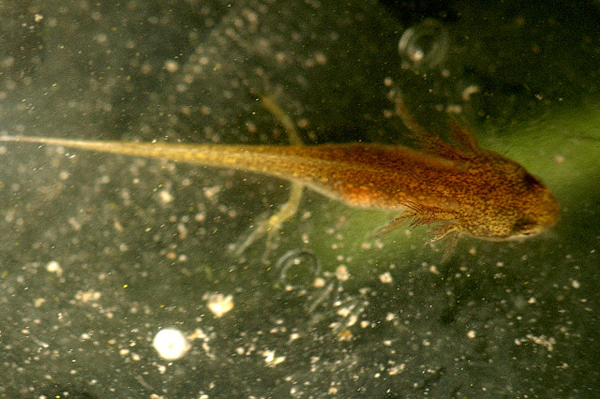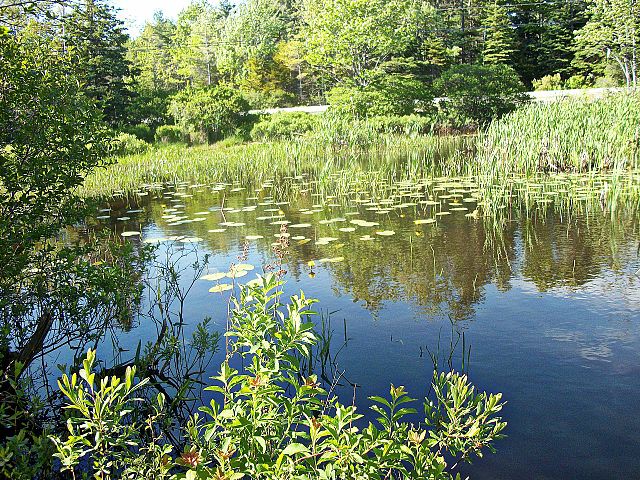Attracting Newts to Your Pond
Encouraging newts to your garden pond will add life and color that can be seen for much of the year. You should never remove them from the wild but there are a few steps you can take to invite them to take up residence in your pond.
Newts not only add life to the pond, they also eat algae. So they provide a natural solution to a common problem. As they are most active during the warmer months of the year, when algae is rifer, they can be a real help. Of course other natural remedies such as Barley Straw will help too.
The best way to invite newts into your garden is to create the ideal habitat. A natural pond without fish is the best environment, as they will eat newt eggs and spawn.
Build a loose rockery around or near the pond. This will provide them with shelter to live and breed. The cool, damp, atmosphere is ideal for newts, and will encourage slugs and insects, a good food source. If you want to feed the newts, then you can add bloodworm, daphnia or brine shrimp to the water, a good retailer will have a wide range of pond foods.
Adding plants such as water mint or water forget-me-nots are small but have wide leaves which are perfect for newts to lay and hide their eggs in. Reed plants are also great to promote natural behaviors. The eggs have a jelly like texture, which newts wrap up in leaves to protect them.
Newts are most active from March/April, and you should see babies appear from June to August. From then on, you will notice that they start to disappear, as they mostly hibernate throughout the winter, until around February. During this time, try not to rearrange the rockery or do too much work around the area, as this will disturb the newts.
Children will no doubt be very interested in the new addition to your pond, and it’s a great way to promote a love of nature. However always supervise your children around these slippery creatures, and ensure that if they do pick a newt up, that they do so very gently and with wet hands. Don’t allow the newts to be taken away from the area, or held for more than a few minutes.
You may find that not only newts arrive, but that frogs and toads appear too. As they thrive in similar environments. They can live well together and create a beautifully natural area of wildlife in your garden.
Don’t worry if newts don’t start to arrive, despite the lovely home you have created. It may take time for them to appear and breed. If your local environment has changed, such as new roads, building sites etc., this may affect the migration of newts too. Leaving the pond and its inhabitants to its own devices will encourage the most natural behaviors and results.




